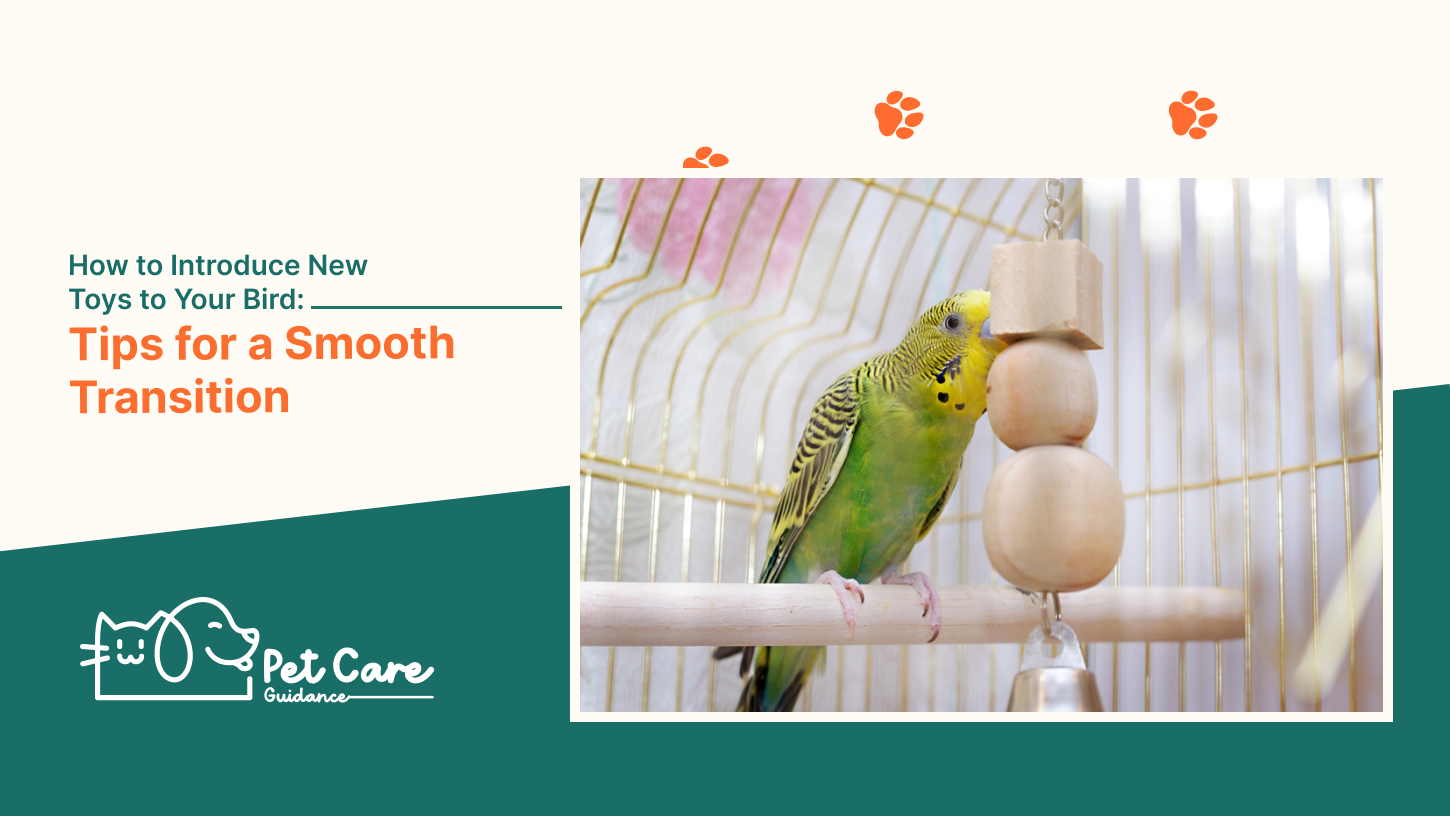Introduce new toys to your bird gradually by placing the toy next to the cage for a few days and then hanging it on the outside for a few more days if the bird is fearful. If the bird still shies away, wait a few weeks and try again.
Introducing new toys to your bird can be an exciting and enriching experience for both you and your feathered friend. However, it’s important to approach this process with patience and care to ensure a smooth transition. Birds can be wary of new objects, so taking the time to familiarize them with the toys is essential.
By following these tips, you can introduce new toys to your bird in a way that helps them feel comfortable and excited about their new playthings.
1. Start Slowly And Gradually Introduce The Toy
When introducing a new toy to your bird, it is important to start slowly and gradually. One way to do this is by placing the new toy near the cage for a few days. This allows your bird to become familiar with the toy without feeling overwhelmed.
If your bird is still hesitant, you can hang the toy on the outside of the cage for additional days. This gives your bird the opportunity to observe the toy from a distance and gain confidence.
However, if your bird continues to shy away from the toy, it may be best to wait a few weeks before trying again. This gives your bird more time to adjust and may increase the chances of a successful introduction.
2. Offer The Toy Away From The Cage
When introducing new toys to your bird, it’s important to take things slow and allow your bird to feel comfortable with the toy. Initially, present the toy outside the cage. This will allow your bird to observe and familiarize itself with the toy without feeling overwhelmed. Pay attention to your bird’s body language and any signs of apprehension or distress.
If your bird shows signs of fear or hesitation, wait several weeks before trying again. Once your bird appears comfortable with the toy outside the cage, you can gradually move it into the cage. By taking these steps gradually and allowing your bird to set the pace, you can ensure a smooth transition and help your bird feel at ease with the new toy.
3. Provide Emotional Support And Encourage Play
When introducing new toys to your bird, it’s important to provide emotional support and encourage play. One tip is to hang the toy in a low and safe part of the cage, allowing the bird to investigate at its own pace. Another strategy is to place the bird’s favourite toy next to the new one, creating a sense of familiarity and comfort.
Desensitization techniques can also be helpful in familiarizing the bird with the toy gradually. Begin by having the new toy nearby when you are with your bird, providing emotional support and allowing it to see the toy in a safe environment. Remember to be patient with your bird’s individual preferences and comfort levels, as each bird is unique.
Frequently Asked Questions Of How To Introduce New Toys To Your Bird: Tips For A Smooth Transition
How Do You Introduce New Toys To Birds?
Introduce the new toy slowly by placing it next to the cage for a few days, then hanging it on the outside of the cage for a few more days. If your bird is still shy, wait a few weeks and try again.
Offer the toy away from the cage and move it in only when your bird is comfortable.
How Do You Introduce New Toys To A Parrot?
Introduce new toys to your parrot slowly. Place the toy near the cage for a few days, then hang it on the outside for a few more days. If your bird is still hesitant, try again after a few weeks.
Avoid moving too fast.
How Do I Get My Bird To Play With Toys?
To introduce new toys to your bird, start by placing the toy near the cage for a few days. Then, hang it on the outside of the cage. If your bird is still hesitant, wait a few weeks and try again.
Gradually introduce the toy and give your bird time to adjust.
How Often Should You Change Bird Toys?
Bird toys should be changed often, ideally, once a week, to keep your feathered friend entertained and prevent boredom. Birds are highly intelligent and easily get bored, so rotating their toys frequently provides them with much-needed variety and stimulation.
Conclusion
Incorporating new toys into your bird’s life can be a delightful experience for both you and your feathered friend. By following the tips mentioned in this blog post, you can ensure a smooth transition and create an engaging environment for your bird.
From introducing new toys slowly to offering emotional support during the process, these strategies will help your bird overcome their fears and embrace playtime. Remember to be patient and go at their pace, and soon enough, your bird will be happily enjoying their new toys.


